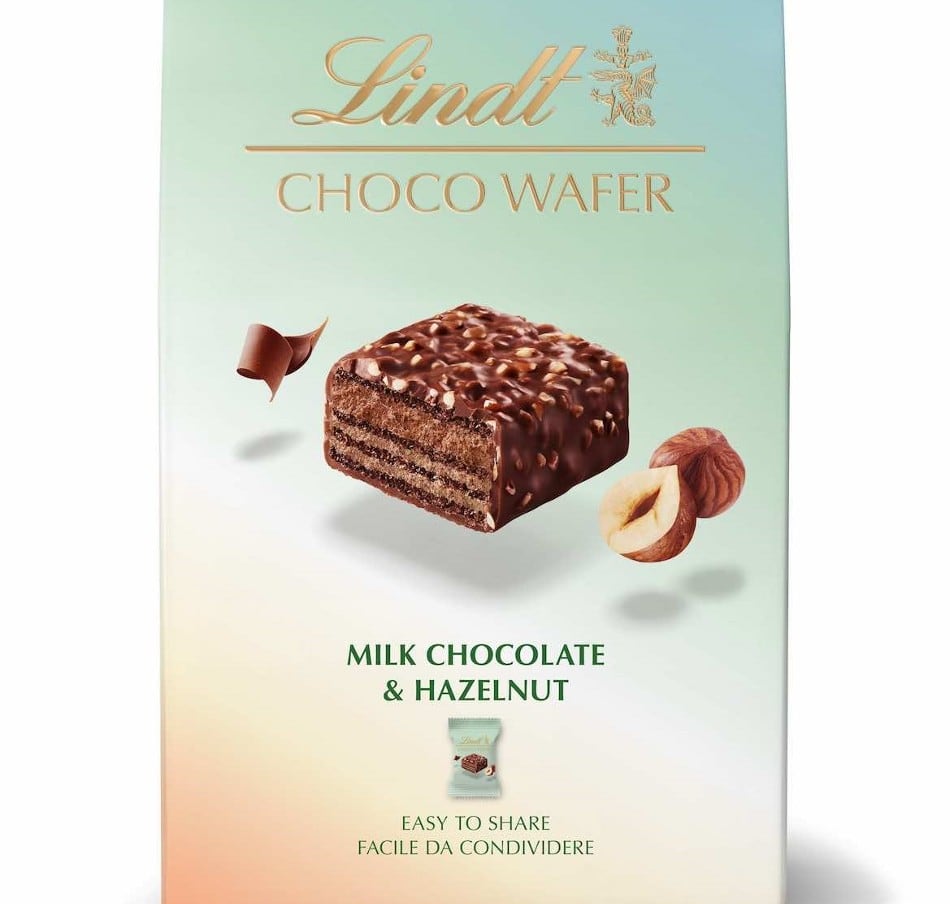Financially, the first half of 2023 was very successful for the company, compared to the previous year, with sales growing organically by +10.1% to CHF 2.09 billion (excluding Russia). Operating profit (EBIT) increased to CHF 255.0 million ($299m), while the EBIT margin rose to 12.2%. Net income amounted to CHF 204.5 million.
However the Swiss premium chocolate company is beginning 2024 with negative news regarding its sustainability credentials after research by Swiss TV and Radio news programme Rundschau shows prohibited child labor practices among Ghanaian cocoa farmers, whose cocoa allegedly ends up at Lindt, despite the fact, it reports, that the chocolate manufacturer advertises its own program against child labor.
Lindt said it condemns child labor and wants to investigate the allegations, and said it relies on suppliers to check where its cocoa is sourced.
Financial impact
It’s too early to say whether the allegations will have a financial impact. Swiss business lawyer Peter V Kunz told Swiss media: “I suspect that unpleasant questions will be asked at the general meeting. It generally concerns questions of liability for the board of directors if mistakes have been made. In the worst case, there could even be liability lawsuits from abroad, i.e. from the injured parties, because Lindt & Sprüngli apparently did not prevent child labor.”
According to analysts LD Investments 2024’s profitability may also take a hit due to materials costs and the impact of Switzerland’s minimum corporate tax (management expects their effective tax rate to increase to about 23%-25% medium term).
It said: “Chocolate makers typically hedge cocoa for 6-12 months, and Lindt benefited from a roughly 300 basis point hedging benefit in 2023 and therefore while full-year 2023 raw materials costs may only be slightly higher than 2022, materials costs are expected to increase materially in 2024 with cocoa prices exceeding $4,000/metric ton in November 2023, reaching their highest levels in over 45 years (cocoa prices remain over $4,000/MT as at January 2024 over 50% higher from the $2,500-$2700 range in 2022)”.
Near-term prospects could be challenging, but the company could overcome these challenges in the medium term through packaging innovations, pricing actions supported by continued brand building, and a possible moderation of materials costs.
“Although valuation is pricey, the stock could be viewed as a hold considering their good fundamentals including a global presence (which gives scale advantages and positions them well to capitalize on growth opportunities in fast-growing markets such as Asia), strong brand, and leading position in a market with moderate barriers to entry,” according to LD Investments.
Premium chocolate space
Longer term, Lindt is positioned to exploit growth opportunities in the premium chocolate space. The company’s top two markets, Europe and North America, are projected to see growth in the high single digits over the coming years, while Asia is expected to see faster growth.
LD Investments said strategic growth initiatives in North America for Lindt and Ghirardelli brands may help the market leader defend (or even grow) market share. Lindt management is targeting revenue growth at 6–8% (roughly in line with the industry average based on research projections) and an improvement in operating profit margin of 20–40 basis points per annum in the mid-to-long term which is not unrealistic assuming a mid-single digit growth rate in Europe, high single digit growth rate in the US, and growth of around 10% in the Rest of the World.
Additional sources:



